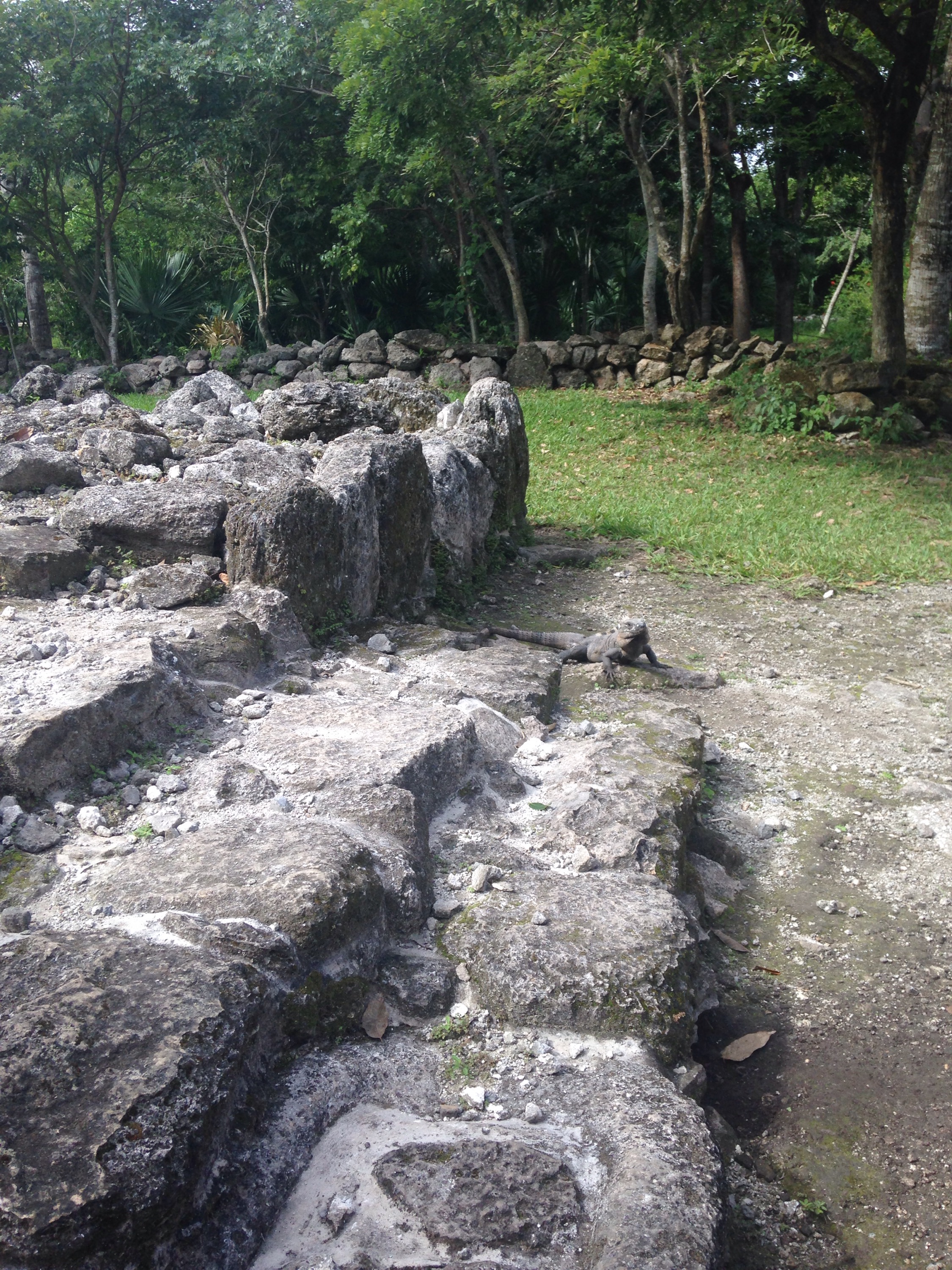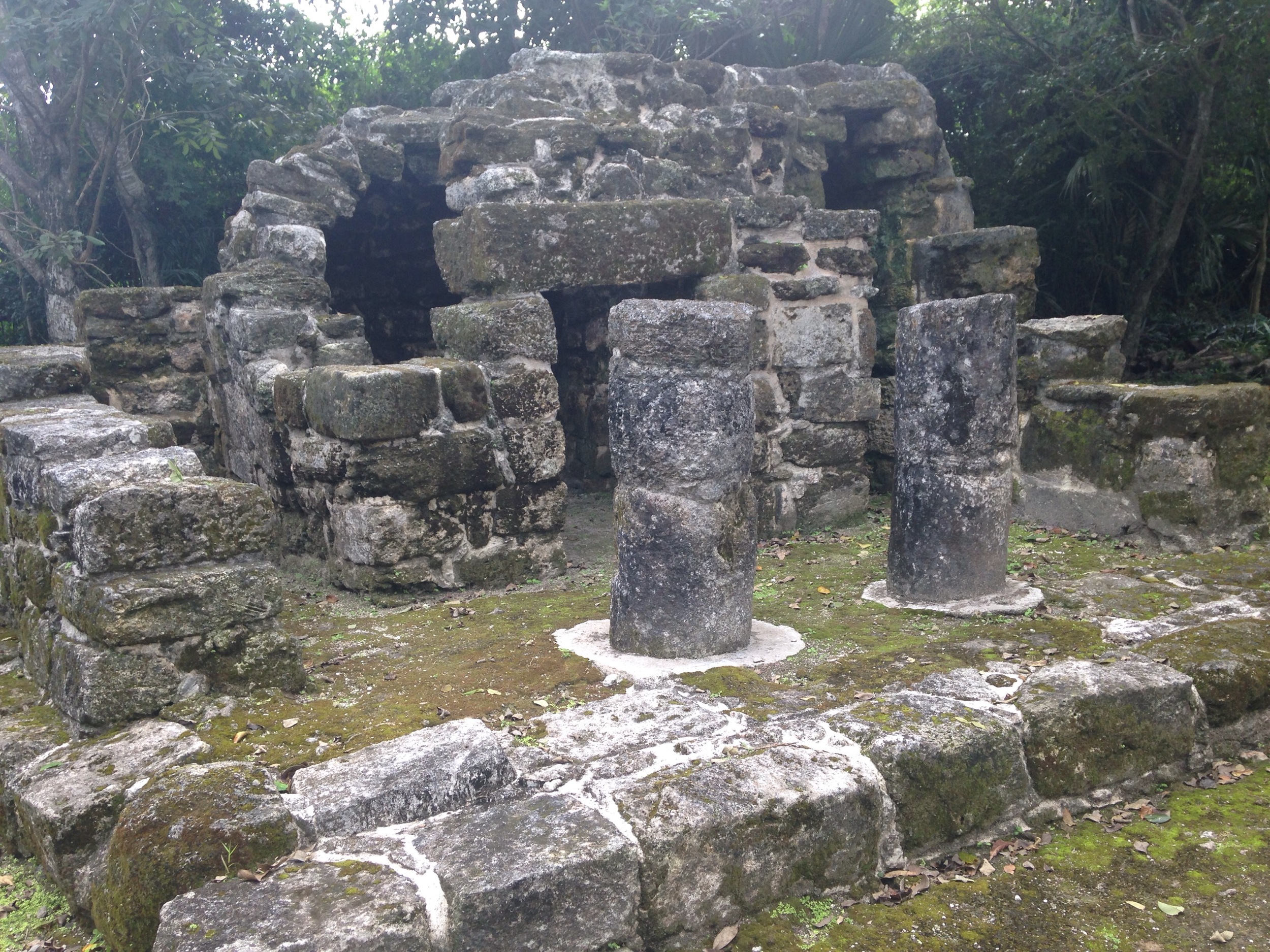Goddess Ix Chel: Exploring the Mayan Ruins at San Gervasio My feet slip, I can't seem to stay on the path. Perhaps I think, perhaps it's best after all to be barefoot.
My heel slips off the sole of my flip-flop, I'm pierced by a jagged rock. I take a moment to make sure I'm not bleeding. All is well, but I'm puzzled- how did the Mayan's function, barefoot, along these narrow jagged paths? Paths that seemed to stretch for miles uphill through dense jungle. There are so many mysteries surrounding the Mayan civilization, I think to myself.
During our recent trip to Cozumel, Mark and I decided to spend some time exploring the Mayan ruins at San Gervasio. This adventure turned out to be the highlight of my trip.
Surrounded by a steamy tropical jungle, full of aggressive mosquitoes and thick, moist air, lies the sprawling site of a series of two thousand year old Mayan ruins including a temple dedicated to the goddess Ix Chel (goddess of the moon and fertility).
I can't tell you how cool it was to be able to experience history in this way.
The ruins at San Gervasio are a true treasure that were discovered by accident. The land that holds the ruins belonged to a wealthy Spanish family. When the patriarch died, the family came to the island from Spain and blasted the land in search of gold. Instead, they found these ancient ruins which they didn't care much for and had no plans to maintain. The government of Mexico stepped in and facilitated a land exchange. In turn for the ruins, the family gained several acres of beachfront property which has now been converted into a successful series of resorts.
Many of the original structures were damaged in the blasting efforts, but what remains is truly remarkable.
It makes one think, how many other Mayan sites are buried beneath the massive estates owned by the early Spanish colonial families. I guess we'll never know.



















